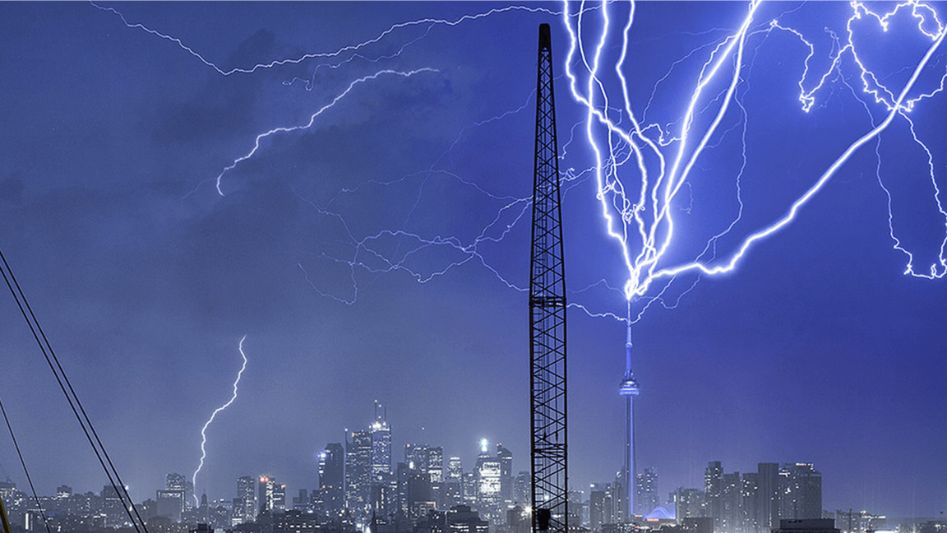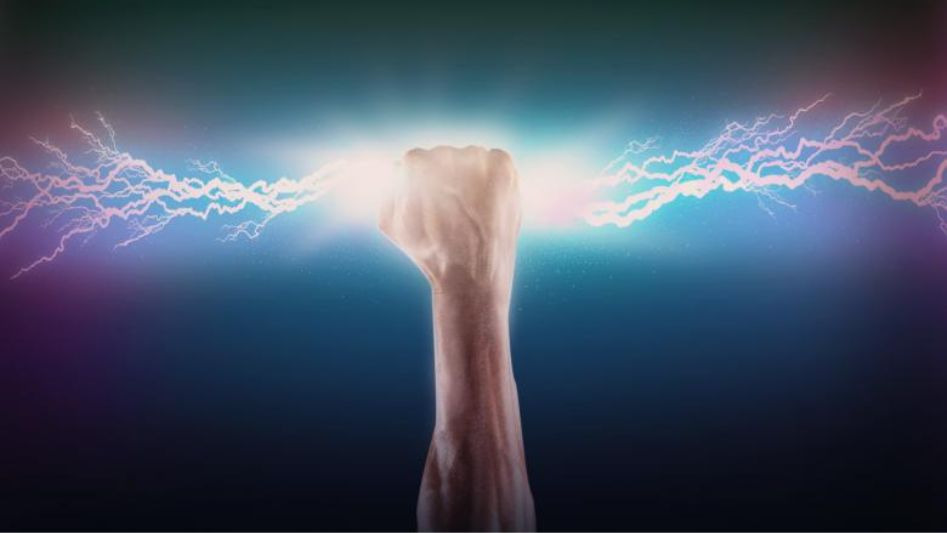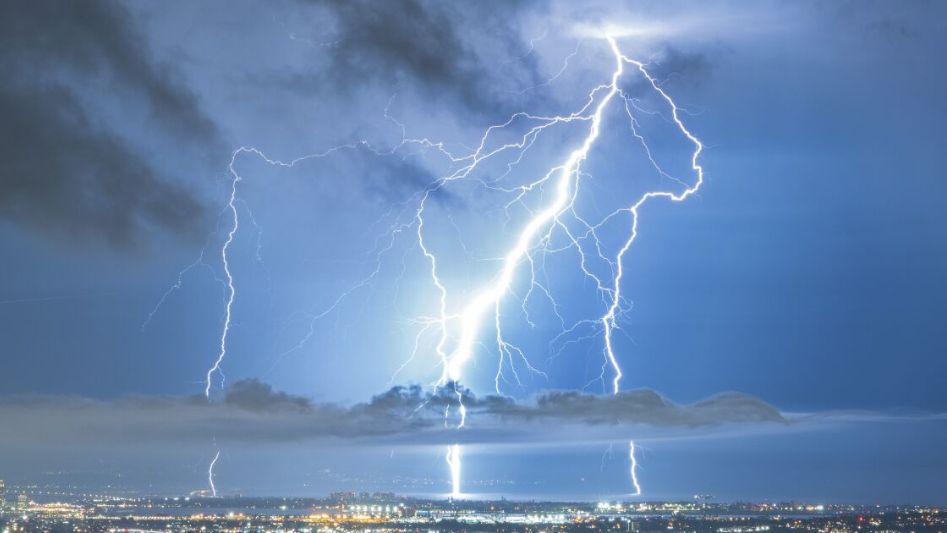Lightning is one of nature’s most powerful forces. Learn about lightning, the energy it produces and how much power it carries.
Table Of Content
- Introduction
- Amount of Energy in Lightning
- Can We Harvest Lightning Energy?
- Capturing Electricity
- Harvesting Heat
- Converting Sound
- Outlook on Harvesting Electricity
- Conclusion
- FAQ
- You May Also Like
- External Links
Electricity is released as lightning when opposite charges in a thunderstorm cloud become unbalanced and build up. About 40 million lightning strikes impact the earth in the United States each year, according to the Centers for Disease Control and Prevention, which monitors lightning strike injuries and deaths.

Can that energy be used to provide electricity for entire neighbourhoods? In this article, we delve deeper into answering that very puzzle.
Amount of Energy in Lightning
Lightning generates ten times more power than is transmitted over high-voltage lines. Besides light and sound energy (thunder) that can travel 25 miles, it also generates heat energy hotter than the surface of the sun. 2 A lightning strike may generate up to 10 GW of electricity in its brief millisecond existence, which is equivalent to one-sixth of the output of all the rooftop solar panels in the United States in 2021. 3 Despite this, harnessing this power is a complex undertaking.
Can We Harvest Lightning Energy?
Lightning carries or generates three kinds of energy: electrical, thermal, and acoustic. In recent years, researchers have asked, “What if we could retain that electricity to charge all the electric vehicles that would soon rule the roads?” Or you could harness its high temperatures to create enough steam to power a turbine. Alternatively, the noise might be converted into energy to make hydrogen fuel without carbon emissions.
Capturing Electricity
Lightning energy has been attempted to be captured and stored in a variety of ways, including the use of high-voltage switching circuits and magnetic capacitors. In both active and pending patents, systems are described that can convert lightning into electricity. Despite this, none of these systems is currently in widespread use.
As one researcher puts it, there is no need for sophisticated technological endeavours like fusion reactors or nuclear facilities.
5 Lightning rods, which Benjamin Franklin invented, successfully collect lightning and send it crashing to the ground. Tending to it is the other challenge.
The difficulty lies in reducing the dangerously high quantities of energy a lightning bolt carries. This is how the power grid operates: Energy is sent from power plants via high-tension transmission lines at 345,000 volts but is then reduced through a series of substations to regional levels, then to neighbourhood levels, and finally to residential levels at 120 volts.
However, there is still the massive challenge of reducing the voltage of a lightning strike from millions to a safer level.

Harvesting Heat
The National Oceanic and Atmospheric Administration report that the air is quickly heated to temperatures of up to 50,000 degrees Fahrenheit by the energy released during a lightning strike, making it hotter than the surface of the sun.
New methods for converting thermal energy into electricity provide hope for harnessing lightning’s immense heat. Recent studies have shown that microscopic particles called paramagnons behave as semiconductors, converting heat into energy even if magnets (essential to most electricity generation) lose their magnetic pull when heated. 6
More practical heat sources, like heat losses from production processes or vehicles, could help bridge the gap between the laboratory and the real world. The method of applying it to lightning is less pressing.
Converting Sound
Everyone with a phone in their pocket understands that it is possible to transform electrons into audible vibrations. The converse is also true, and efforts are currently being conducted worldwide to convert sound into usable electricity. 7
Thunder results from the explosion of air around a lightning strike, which can be heard due to the phenomenon. A few hundred feet from its origin, thunder can reach a decibel level of roughly 120. 8 However, available analytical of sound energy, like traffic and urban noise pollution, are all too persistent nuisances to reward experimentation with harvesting thunder.
Outlook on Harvesting Electricity
Electrical power requires a constant balance between supply and demand; else, blackouts would occur. Lightning’s intermittent nature is a barrier to harnessing its energy, as with other renewables.
Lightning strikes are much less time- and location-stable than those of wind or solar power. The most challenging aspect is storing the electricity produced by lightning, not only because the energy storage sector is still in its infancy but also because the collection systems themselves will need to resist a tremendous single bolt of electricity without damage.
The political will (and hence the research dollars) are concentrated on the more mature renewable energy technologies, such as hydro power, wind power, and solar power. Gathering lightning will continue to be a goal of would-be Benjamin Franklin inventors for the foreseeable being.
Conclusion
The biggest obstacle is that all of the energy from the lightning is transported in milliseconds. So, we need a massive battery (or capacitor) to store the energy produced by the lightning bolts and gradually release it as needed. Such devices are costly and inefficient to manufacture, and hard to use. According to physics, we can’t store and extract this energy with perfect efficiency. In almost every process, we lose a significant amount of the energy we try to convert.
FAQ
How many watts does a lightning bolt have?
Remember that one typical lightning bolt uses about 2.7 x 106 Wh of energy (or Watt-hours) (1010 Wh = 10,000,000,000 Wh).

Is lightning a viable source of energy?
He argues that just because we don’t utilise lightning to power our devices right now doesn’t mean an inventive engineer won’t one day find out how to. However, even at 1,000,000 joules, the average lightning strike only contains about 1/4 of a kilowatt-hour of power, which is not nearly enough to make a dent in our monthly electricity bill.
So why can’t we bottle the lightning and use it for something?
It is impossible to harvest this in the same way electricity is since it could cause damage to the machinery. In the same way, wind and solar power are saved and discharged when required; this energy also has to be gathered, stored, and eventually used. It’s conceivable, albeit it’ll require more preparation and money.
You May Also Like
- THE US CAN HALVE ITS EMISSIONS BY 2030: DO THEY REALLY WANT?
- SUPER CONCENTRATED SOLAR POWER: THE NEW INVENTION THAT WILL CHANGE THE WORLD
- HOW FAST DOES A WIND TURBINE SPIN
- COALITION TO ACCELERATE EV ADOPTION
- SMALL WIND TURBINES HOW DO THEY WORK:
